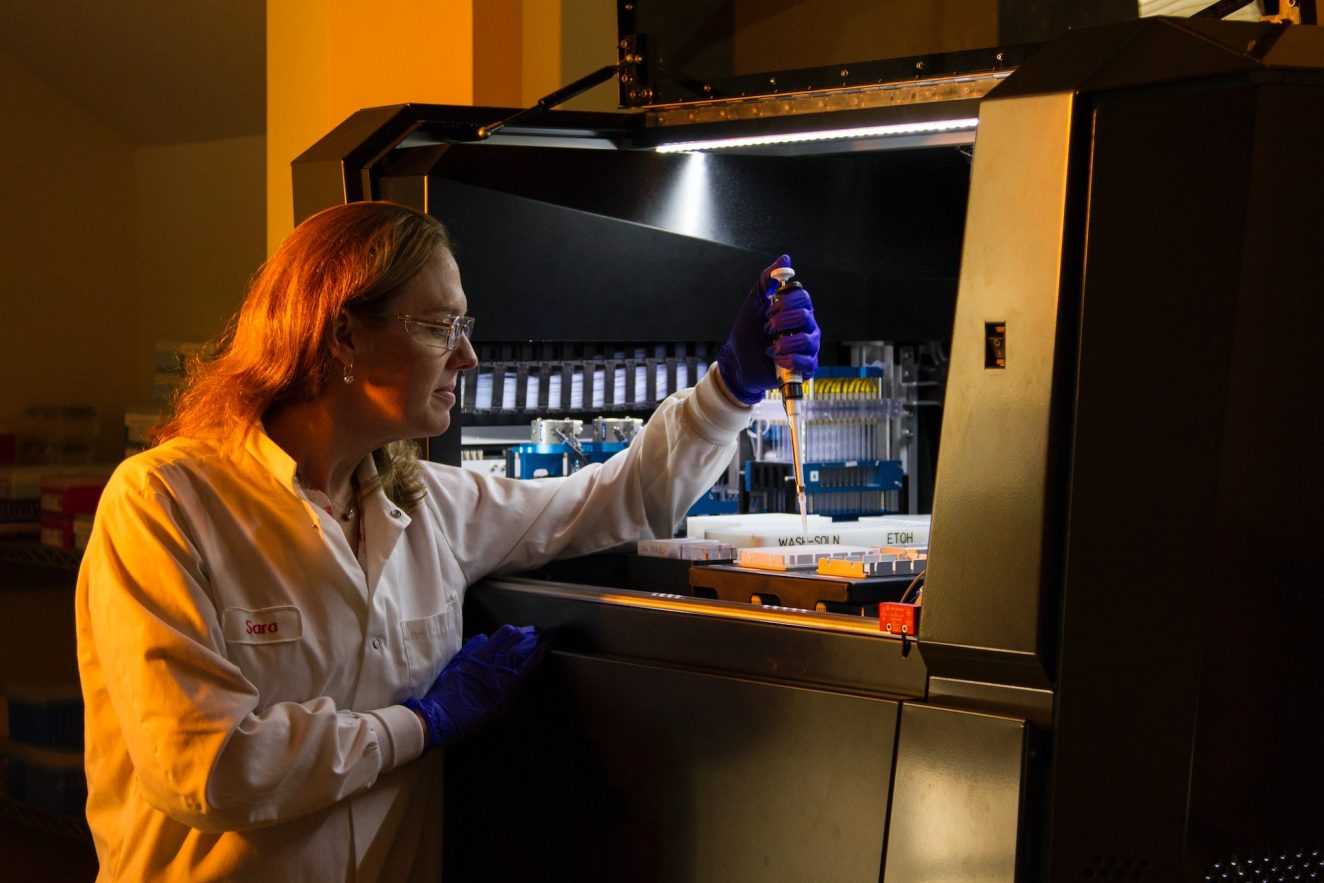Genetic engineering, often hailed as a scientific marvel, has become an integral part of our modern world. It allows us to rewrite the code of life itself, offering unprecedented opportunities for advances in medicine, agriculture, and beyond. In this blog post, we’ll embark on a thrilling journey through the world of genetic engineering, uncovering what it is, how it began, why it’s so important, and sprinkling in some fascinating fun facts along the way.

What Is Genetic Engineering?
Genetic engineering, also known as genetic modification or gene editing, is a powerful scientific technique that involves altering the DNA of an organism. It allows scientists to add, remove, or modify specific genes, thereby changing an organism’s traits or characteristics.
The Beginnings of Genetic Engineering
The roots of genetic engineering can be traced back to the 1970s when scientists first began experimenting with DNA manipulation. One of the landmark achievements was the creation of the first genetically modified organism (GMO) in 1973—a bacterium that could produce a protein encoded by a foreign gene.
Key Milestones in Genetic Engineering
- Recombinant DNA Technology: The development of recombinant DNA technology in the 1970s paved the way for genetic engineering. This breakthrough allowed scientists to cut and splice DNA from different sources, creating genetically modified organisms.
- Human Insulin Production: In 1982, human insulin became the first FDA-approved biotechnology product. It was produced by genetically modified bacteria, replacing the use of insulin extracted from animals.
- Genetically Modified Crops: The introduction of genetically modified crops, such as Bt cotton and Roundup Ready soybeans, revolutionized agriculture by enhancing crop yields, reducing pesticide use, and increasing resistance to pests and diseases.
- CRISPR-Cas9: The discovery of CRISPR-Cas9 gene editing technology in 2012 marked a significant leap forward in genetic engineering. It offers precise and efficient DNA editing capabilities and has the potential to revolutionize medicine and biotechnology.

Why Is Genetic Engineering Important?
- Advancements in Medicine: Genetic engineering has opened doors to groundbreaking medical treatments. It holds promise for curing genetic diseases, producing personalized medicines, and even developing organ transplants from genetically modified animals.
- Agricultural Innovation: Genetically modified crops can withstand harsh conditions, resist pests, and produce higher yields. This technology plays a crucial role in addressing global food security challenges.
- Conservation and Environmental Protection: Genetic engineering can help restore endangered species and conserve biodiversity. It also contributes to environmental protection by reducing the need for harmful pesticides.
- Bioremediation: Genetically modified microorganisms are being used to clean up pollutants and contaminants in the environment—a process known as bioremediation.
Fun Facts About Genetic Engineering
- GloFish: GloFish, genetically modified zebrafish, are the world’s first genetically modified pet sold in the United States. They were developed by adding fluorescent genes from jellyfish and sea anemones.
- Spider Silk from Goats: Scientists have genetically modified goats to produce spider silk proteins in their milk. This silk is incredibly strong and lightweight, with potential applications in making bulletproof clothing and medical sutures.
- Disease-Resistant Mosquitoes: Genetic engineering is being used to create disease-resistant mosquitoes that could help combat the spread of deadly diseases like malaria and dengue fever.
- Flavr Savr Tomato: The Flavr Savr tomato was the first genetically modified food approved for sale in the United States in 1994. It was engineered to have a longer shelf life and reduce the need for chemical preservatives.
Ethical and Regulatory Considerations
While genetic engineering offers immense potential, it also raises ethical and regulatory concerns. Questions about the unintended consequences of modifying genes, potential harm to ecosystems, and the creation of designer babies are subjects of ongoing debate and research.

Genetic engineering has evolved from a scientific curiosity to a transformative technology that influences various aspects of our lives. It holds the promise of curing diseases, addressing food security challenges, conserving biodiversity, and much more. As genetic engineering continues to advance, it is essential to strike a balance between harnessing its potential for the betterment of humanity while addressing ethical and environmental concerns. The journey through the world of genetic engineering is filled with wonder and discovery, offering exciting possibilities that will shape the future of science and technology.





